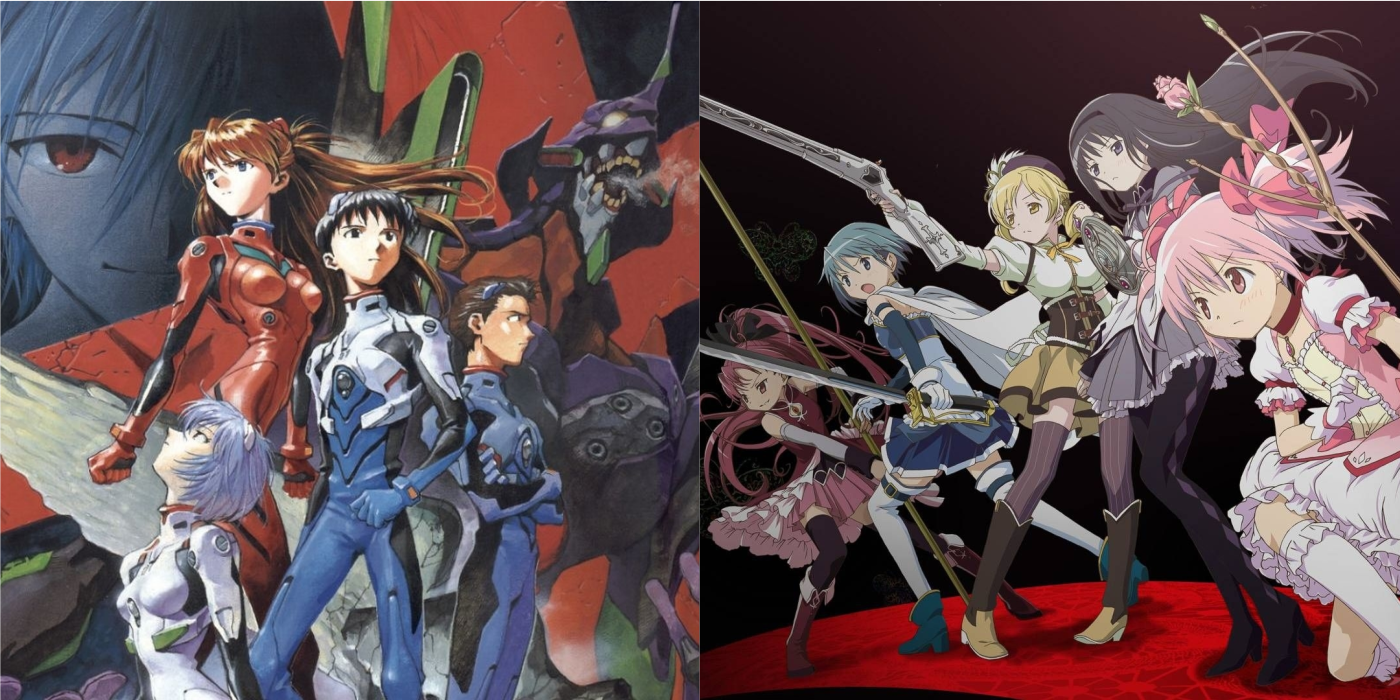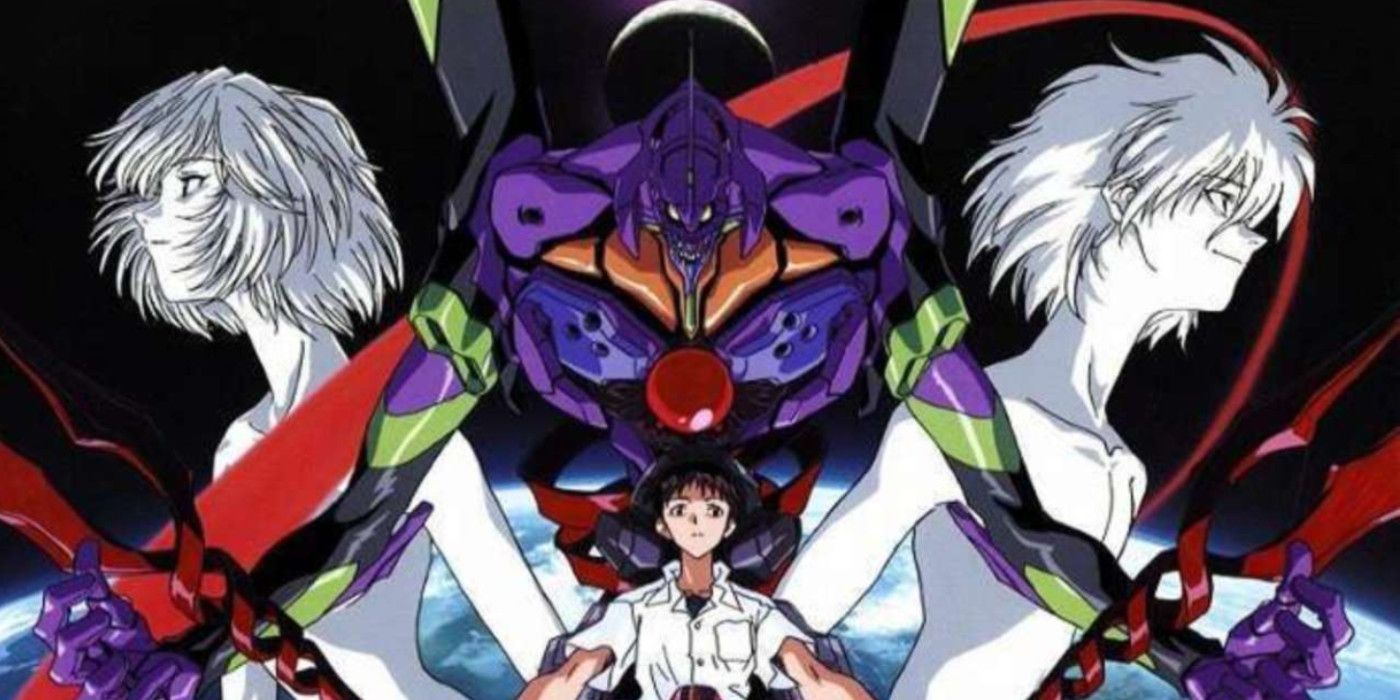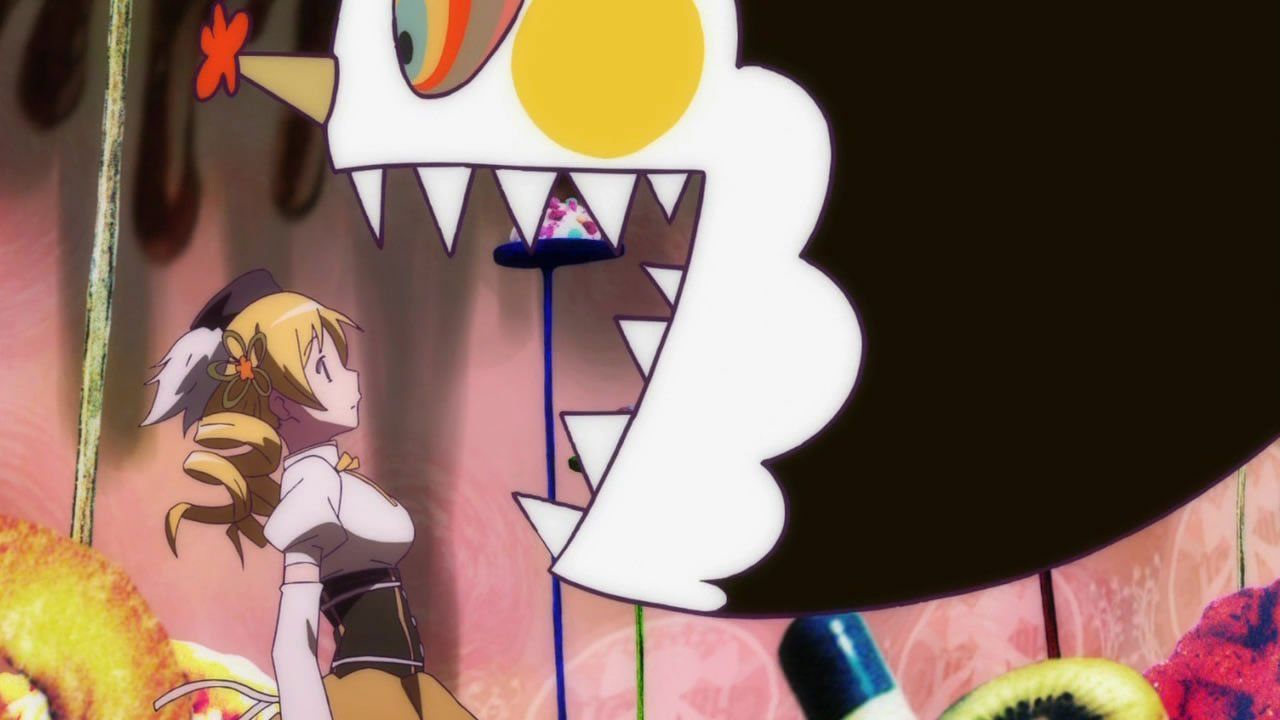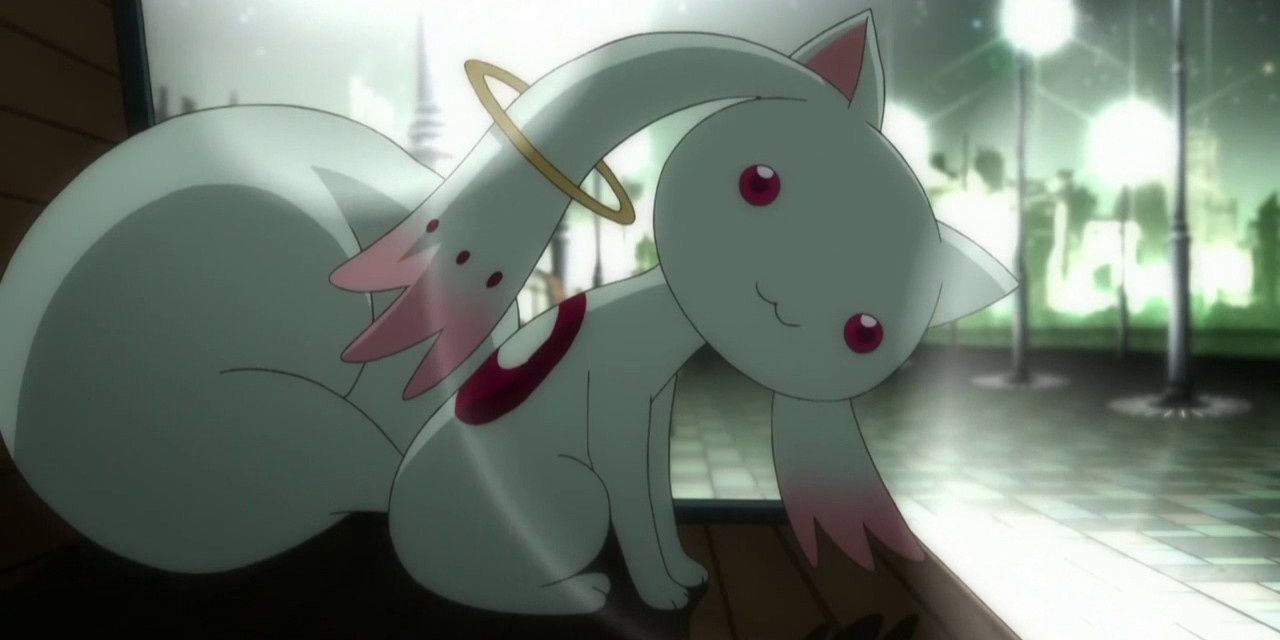The list of the most popular anime is cluttered with shonen titles like Dragon Ball Z, Naruto and One Piece. All of these are more than deserving of their place among the cream of the crop, but in the midst of these epic stories of adventure and coming of age there is another title which was has achieved monumental popularity without nearly as much powering-up, screaming and lightning-fast punches. We're talking about Sailor Moon.
Instead of your typical shonen fair, Sailor Moon is a magical girl anime, a shojo subgenre in which teenage girls are bestowed with magical powers in order to combat evil forces and defend the world. In Sailor Moon, this means accepting powers to become planetary guardians and defend the Earth from extraterrestrial forces. Of course, this series stands as of those that helped popularize the genre in the West but is hardly the only magical girl anime worth watching.
The trend was advanced with shows like Cardcaptor Sakura, Revolutionary Girl Utena and Tokyo Mew Mew. As is always the case, the continuation and advancement of the genre meant the development and codification of story tropes and repeated themes -- namely, relying on distinctly feminine power and sparkly-eyed optimism to save the day. It is through the deconstruction of these tropes and themes that Puella Magi Madoka Magica was able to become one of the most interesting, incredible, disturbing and even philosophical anime series ever made. The first anime adaptation aired in 2011 but with a spinoff series, Magia Record, just begun airing, it's worth looking back on what made the property such a landmark one in the first place.
The comparison between Madoka Magica and Sailor Moon is an important contextual one, but another comparison that is incredibly useful in understanding the nature of the relationship between the two series is the long-held comparison between Madoka and Neon Genesis Evangelion.
For those unfamiliar with Evangelion, it is for lack of a better word, bananas. The show takes place in the year 2015, a dark future where humanity is reeling from a cataclysmic event referred to as "the second impact" which was brought about by a mysterious set of alien beings called angels. The story centers around 14-year-old Shinji Ikari who has been tasked with piloting an EVA unit. The EVA are gigantic mecha capable of standing toe-to-toe with angels in the hope of preventing a third and final (as in world-ending) impact.
On the surface, the show seems like your typical sci-fi/action series. However, as the series moves forward it begins to deal heavily with far heavier themes like anxiety, depression, Christianity, sexuality, existentialism and abuse. What seems at first to be a straightforward mecha anime turns out to be a dark and disturbing dissection of not only the genre itself but of the psyche of those who make and watch anime.
In this regard, Madoka Magica has been, and is still, comparable to Neon Genesis Evangelion -- making it a similarly incredible watch. The show begins in an entirely benign fashion: Madoka and her friend Sayaka meet an adorable cat-like creature named Kyubey who offers them a deal. The deal is simple, Kyubey will grant any wish that they desire, and in return, they will become magical girls who battle witches. The witches are set up as the opposites to the magical girls. Where the magical girls' powers are derived from goodwill and wishes, the witches are born from negative emotions and curses.
The girls' wishes and subsequent powers are derived from soul gems which are little glowing gems that help the girls transform and whose shape represents the initial wish. It's all very fun and cute (except for the witches), and again, all of this seems like typical magical girl storytelling, that is until the third episode, when things begin to take a very dark turn.
Madoka and Sayaka have yet to formally take on the role of magical girls and are instead doing a ride-along of sorts with Mami Tomoe -- the city's current magical girl in residence. The three of them, along with Kyubey, enter a witch's labyrinth. As a brief aside, all of these labyrinths (as well as the design of the witches themselves) are psychedelic, moving paper cutout collages that are equal parts beautiful and grotesque.
This particular labyrinth is made up of images of desserts, ice creams, cakes and the like, and the witch at the center looks like a Raggedy Ann doll. Mami subdues the tiny witch quickly and thinks the job is finished when suddenly a snake-like creature sprouts from the doll's corpse and dives in on Mami. In one of the most shocking moments in the anime, Mami Tomoe dangles from the witch's fangs, beheaded, and her magical girl costume returns to her school uniform as she dies. This is where Madoka Magica announces that it is very far away from Sailor Moon, and this is the point where it begins to take the form of something far more cerebral.
It is eventually revealed that the soul gems are in fact the girl's real souls encased outside of their bodies, while their bodies are just empty shells for them to fight with. Beyond this, we also learn that killing witches allows some of the witch's curse into the soul gem and that once true grief takes over the soul gem, the magical girl turns into a witch.
Now, this isn't a worst-case scenario: the show makes it very clear that turning into a witch is the fate of every magical girl, and that, in fact, it's necessary. The ultimate reveal is that Kyubey is what is called an incubator, and that his job is to harvest the emotional energies given off when the girls make their wishes and when they turn into witches. This energy is being used to prevent the effects of entropy in the universe, so while both the magical girls of Madoka and the Planetary Guardians of Sailor Moon are both saving the universe, they are going about it in very different ways. At one point, Kyuebey makes a frank comparison between the magical girls and livestock, essentially stating that human beings are the "cattle" of the universe.
Similar to the shows themselves, the comparison between Evangelion and Madoka seems straightforward on the surface. Both are shows that take on a particular genre in order to dissect it. But this actually ignores a good deal of what makes both these shows special. Through critique, both Evangelion and Madoka explore themes that are often overlooked in shows directed at young teens but are themes that many young people face.
Instead of the brash and overtly positive heroes of shonen, mecha and magical girl anime, the characters in both series are conflicted, unhappy and deeply flawed. The end result is two shows which are often described as depressing and incredibly dark, but in spite of that still manage to present a surprisingly deep inspection of love and emotion.




